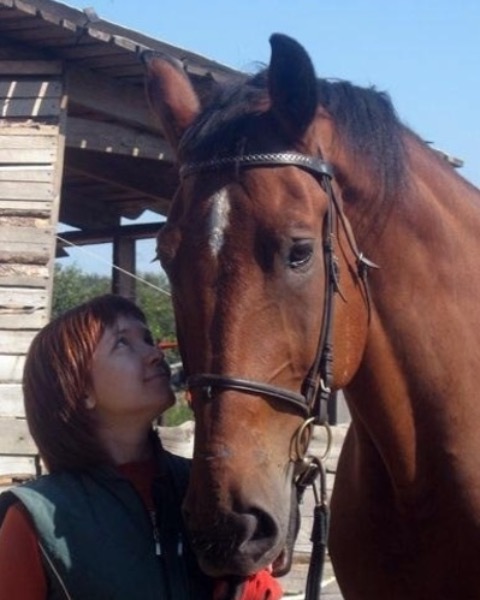Category: HORSE SPECIES
Poster Session XV
PSXV-16 - Blood glucose dynamics after feeding in the Orlov trotter horses in the conditions of the training center in preparation for trotter-racing
Saturday, July 17, 2021
1:15 PM – 2:15 PM EST
Location: Kentucky International Convention Center, Poster Hall/North Lobby

Olga Sharaskina, PhD
associate professor
Saint-Petersburg State University of Veterinary Medicine
Saint-Petersburg, Saint Petersburg City, Russia
Presenting Author(s)
It is necessary to consider the factors affecting the dynamics and blood glucose (BG) level to maintain a horse's high performance and health during intensive training. The study aimed to research the influence of the feeding regime on the change in BG level in the Orlov trotter horses during the period of intensive training (summer) in the conditions of the stud farm's training center in the Kaluga region (Russia). Horses aged 2 to 4 years, stallions (n = 7), and mares (n = 5) received commercial mixed feed three times a day and grass hay in free access. Four times a week after lunch, horses are released into the paddock with cut grass. Blood was collected from the jugular vein. Blood was collected before morning feeding and then every hour until four h after morning and afternoon feeding. The dynamics of BG changes depending on the presence or absence of the grass paddock after feeding were evaluated. If horses remained in the stall after feeding, the BG level gradually increased, reaching a maximum (4.95 ± 0.21 mmol/L) 3 hours after feeding and was significantly higher (P ≤ 0.05) than when they were immediately moved to the paddock with grass. The maximum BG concentration in horses in the paddock was observed 1 hour after feeding (4.55 ± 0.21 mmol/L); it didn't have significant differences with the BG level after 1 hour in "stall horses" (4.5 ± 0.14 mmol/L). Then the BG level of the "paddock horses" gradually decreased, and in the "stall horses" increased. No significant difference in BG levels was observed 4 hours after feeding. When horses can walk in a paddock after feeding concentrates and eat grass, blood glucose levels do not rise and tend to decrease.

.jpg)
.jpg)
.jpg)
.jpg)
.png)
.png)